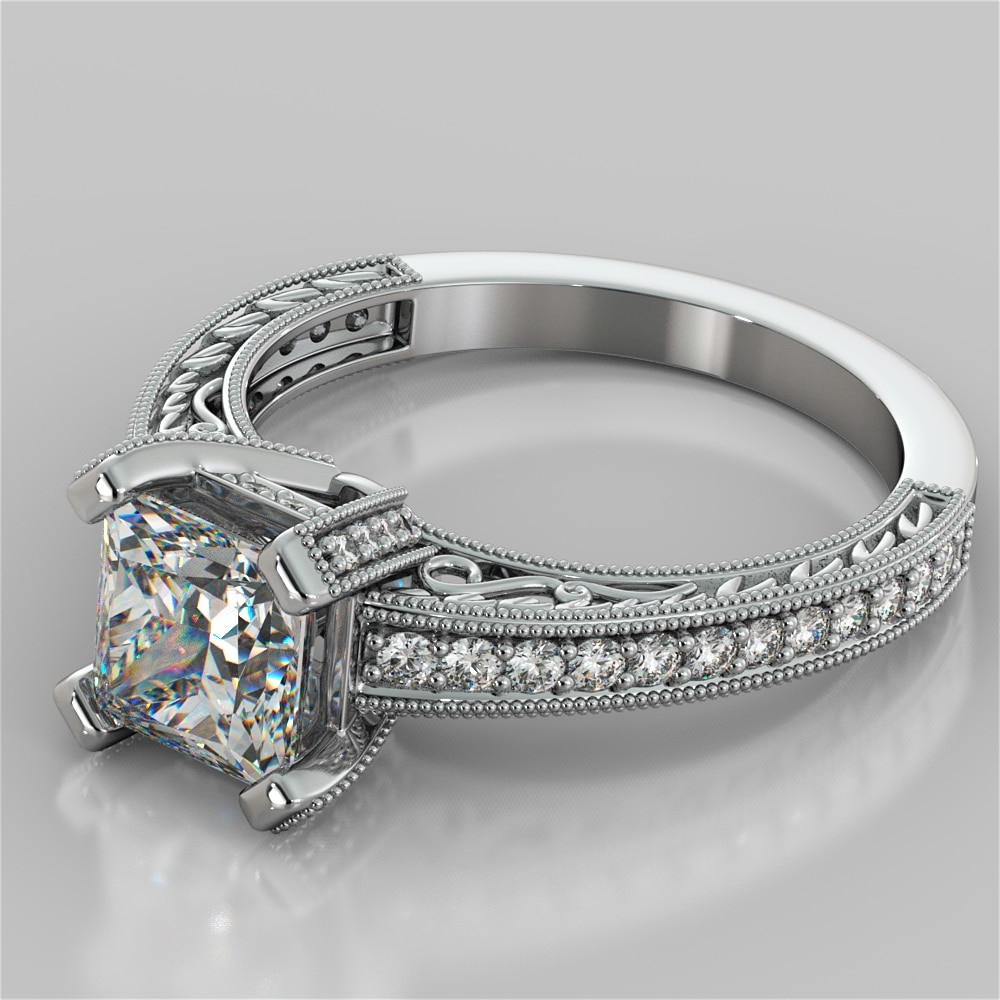The diamond industry has long been fraught with ethical dilemmas and environmental concerns, especially regarding the notorious “blood diamond.” In contrast, the rise of man-made diamonds presents an innovative alternative that seeks to address these issues. This article explores the contrasts between blood diamonds and man-made diamonds, shedding light on their origins, ethical implications, and market trends.
Table of Contents
What Are Blood Diamonds?
Blood diamonds, also known as conflict diamonds, are diamonds mined in war zones and sold to finance armed conflict against governments. These diamonds are often associated with severe human rights abuses, including forced labor, violence, and exploitation of workers. The term gained widespread attention in the late 1990s when the international community began to recognize the significant role that diamond revenues played in funding civil wars, particularly in African nations like Sierra Leone, Angola, and the Democratic Republic of Congo.
The Kimberley Process
In response to growing awareness, the Kimberley Process Certification Scheme (KPCS) was established in 2003. This international initiative aims to prevent the trade of conflict diamonds by requiring member countries to certify that diamonds are conflict-free. However, critics argue that the Kimberley Process has significant loopholes, making it difficult to completely eliminate the flow of blood diamonds. As a result, many consumers remain wary of the origins of their diamonds.
The Rise of Man-Made Diamonds
Man-made diamonds, also referred to as lab-grown or synthetic diamonds, are created in controlled environments using advanced technology that mimics the natural diamond formation process. There are two primary methods for producing these diamonds:
High Pressure High Temperature (HPHT): This method simulates the intense pressure and temperature conditions found deep within the Earth, allowing carbon to crystallize into diamonds.
Chemical Vapor Deposition (CVD): This technique involves introducing carbon-rich gases into a chamber, where they are ionized, leading to the deposition of diamond on a substrate.
Man-made diamonds are chemically, physically, and optically identical to natural diamonds. They can be produced at a fraction of the cost of their natural counterparts and are increasingly gaining popularity among consumers looking for ethical alternatives.
Ethical and Environmental Considerations
One of the most significant advantages of man-made diamonds is their ethical standing. Unlike blood diamonds, lab-grown diamonds do not fund conflict or human rights abuses. They are typically produced in environmentally controlled settings, which can result in a lower carbon footprint compared to traditional diamond mining. Additionally, mining operations often lead to habitat destruction, soil erosion, and water contamination, which are not concerns for man-made diamonds.
Market Trends and Consumer Preferences
As awareness of ethical issues in the diamond industry grows, many consumers are opting for man-made diamonds over natural ones. According to recent studies, the demand for lab-grown diamonds is on the rise, particularly among millennials and Gen Z consumers who prioritize sustainability and ethical considerations in their purchasing decisions. The price of man-made diamonds is also significantly lower, making them an attractive option for budget-conscious shoppers.
The Future of the Diamond Industry
The diamond industry is undergoing a transformative shift as consumers increasingly demand transparency and ethical practices. The growth of man-made diamonds is forcing traditional jewelers to rethink their sourcing and marketing strategies. While natural diamonds will likely remain popular, especially for engagement rings and luxury purchases, the rise of lab-grown options represents a significant change in consumer behavior.
Conclusion
The debate between blood diamonds and man made diamonds highlights the pressing need for ethical sourcing and sustainable practices within the jewelry industry. While blood diamonds continue to pose serious ethical concerns, the advent of man-made diamonds offers a viable solution that prioritizes both human rights and environmental sustainability. As consumers become more conscious of their purchasing choices, the trend towards lab-grown diamonds is expected to continue, shaping the future of the diamond market.

